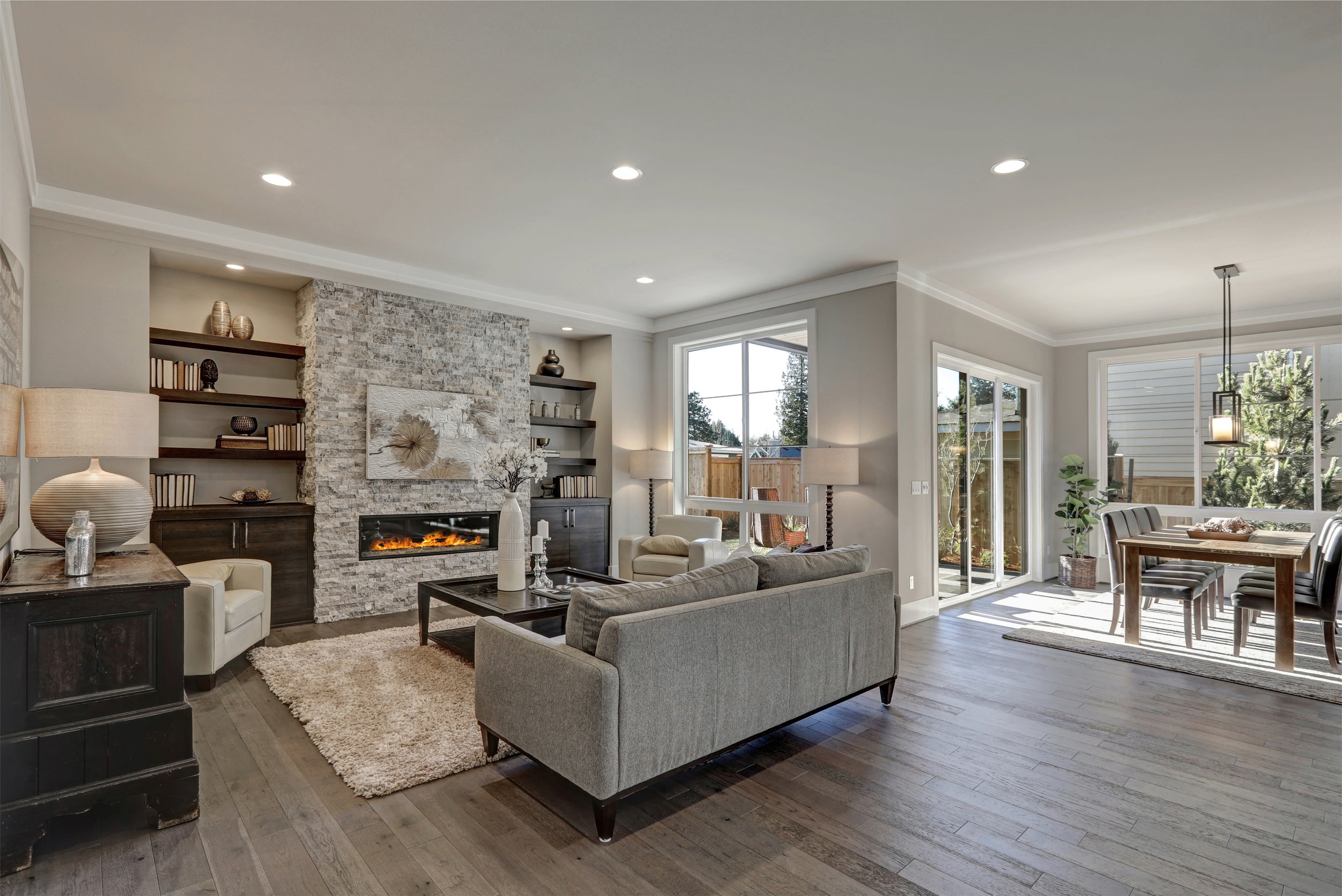Optimizing Furniture Arrangement for Flow and Function
When it comes to interior design, the arrangement of furniture can make or break the functionality and aesthetic appeal of a room. A well-thought-out layout enhances the visual charm of your space while promoting smooth movement and usability. Furniture arrangements should optimize flow and function. When arranged correctly, your furniture can be visually appealing and add functionality. Make sure you make the best use of space in the room. Let us help you lay out your furniture to bring your space to life and enable movement.
Choose Your Function
Before you do anything, decide what the room will be used for. If the room is for watching television, the furniture will revolve around the TV. For entertaining guests, you know the furniture may be arranged around a coffee table.
Measure the Space
Before you arrange your furniture, measure the dimensions of the space. Measure the length width, and height of the room. Note alcoves, nooks, or corners that could complicate furniture placement. Use your measurements to create a sketch of the room. The sketch allows you to design a room layout without moving furniture by hand.
Choose a Focal Point
The first step in furniture arrangement is to select a focal point. Some natural focal points include a fireplace or large windows. If you do not have a natural focal point, create one by hanging up a picture or a painting. The focal point will function as the anchor for the furniture.
Create Zones
When decorating a large living room, it can be divided into smaller zones. The zones can be used for different activities, such as working spaces or conversation zones. Divide the room into smaller zones with rugs, lighting, and furniture placement.
Consider Traffic Flow
It is important to ensure that there is room for people to move comfortably through a space. When you decorate a room with furniture, ensure that traffic flow is unimpeded and that you do not have to move around obstacles. Give your space a good flow by creating natural traffic patterns around furniture rather than through it.
Choose the Best Furniture for Space
Remember to select the best furniture to optimize space. When designing a furniture layout for a small living room, select lightweight furniture like end tables, smaller chairs, and two-seat couches. For a larger room, you can fill the space with bigger pieces of furniture and more accessories. Too much furniture can overcrowd a space. Avoid putting too large or furniture pieces in a small room because it could overcrowd the space. Placing a small piece of furniture in a large space could make it seem empty.
Provide Yourself with Storage
Don’t forget to add some furniture used for storage. In a smaller room use items with dual-purpose like sofa beds or storage ottomans. Using furniture with built-in storage adds style to your living space while reducing clutter.
Combine Textures
Add variations in texture to a room to make it feel welcoming and visually stimulating. Make the room more appealing by adding items with different textures like a smooth leather couch and a plush rug. Mixing surfaces will add a more layered look.
Conclusion
Remember to place furniture in the room with a purpose. Decide what the room will be used for so you can begin the selection process. Use a focal point in the room to center the furniture around. Measure and sketch the room so you can experiment with different looks. Convert a larger space into smaller zones to enhance its usability. Make sure that people can move easily through a space. To reduce clutter in your living space, select furniture pieces that add storage. Add appeal and a more stimulating look.
You are now ready to style the furniture in your living space and arrange it for flow and function.


